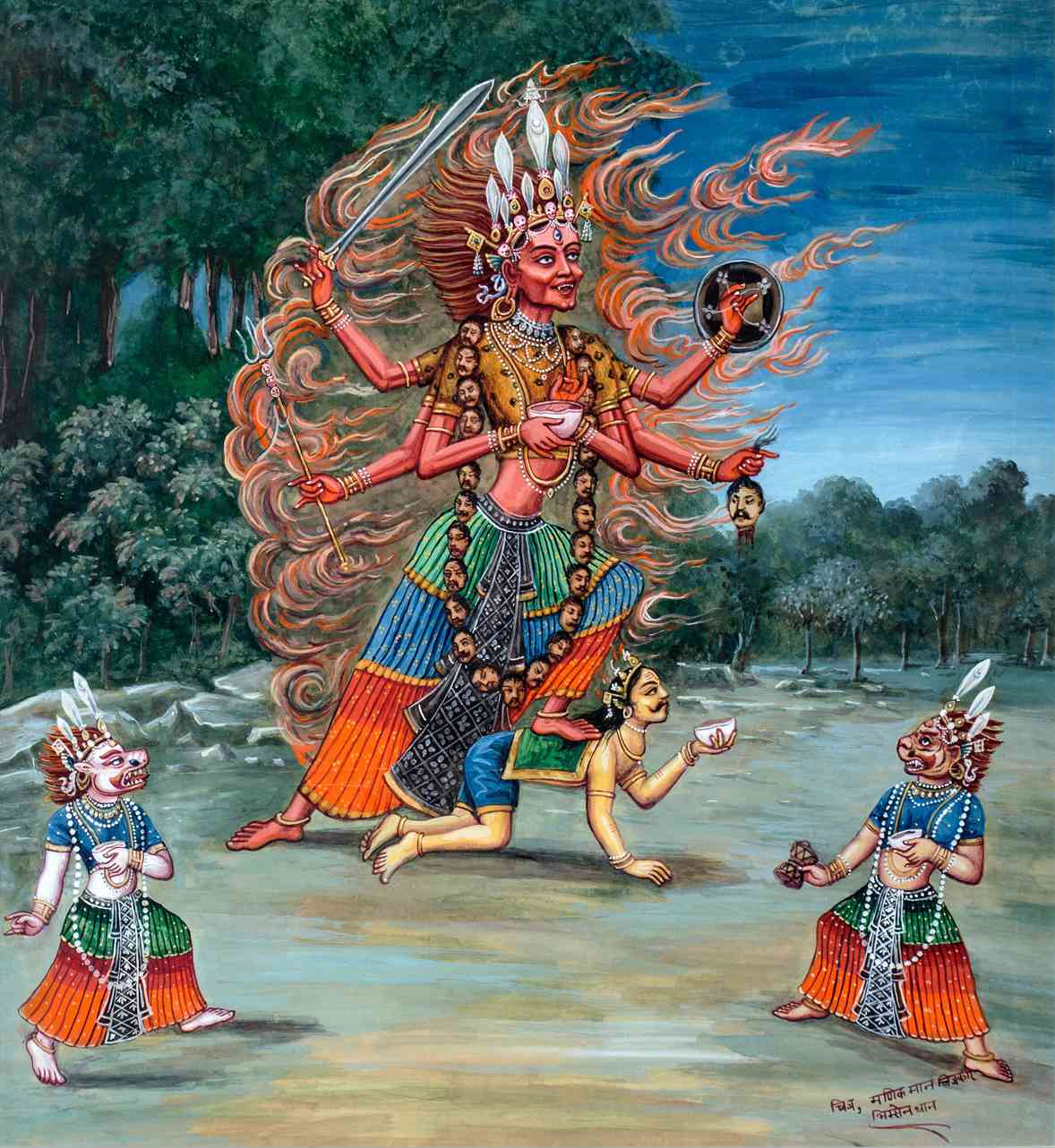What is Paubha?

Paubha(or Pauva) painting is a traditional and sacred art form practiced primarily by the Chitrakars; a hereditary caste of artists from the Newa community of Nepal’s Kathmandu Valley. Deeply rooted in both Hindu and Buddhist traditions, Paubha paintings serve as visual expressions of spiritual philosophy, depicting deities, mandalas, and sacred monuments designed to aid meditation and religious devotion.
The term Paubha is derived from the Sanskrit word Patrabhattaraka, and this ancient form is recognized as one of the precursors to Tibetan Thangka painting. Its influence spread along with the transmission of Buddhism from the Kathmandu Valley into Tibet, forming a cultural and artistic bridge between the two regions. Traditionally, Paubha is passed down through generations within artist families, with knowledge and techniques transmitted via the Newa guild system rather than formal institutions. Creating a Paubha demands immense discipline, technical precision, and spiritual understanding, as each work follows strict iconographic guidelines and is often consecrated for ritual use.
Today, artists like Kichaa continue to uphold this sacred tradition while also innovating within its boundaries—ensuring that Paubha remains both a living cultural legacy and a dynamic contemporary art form.